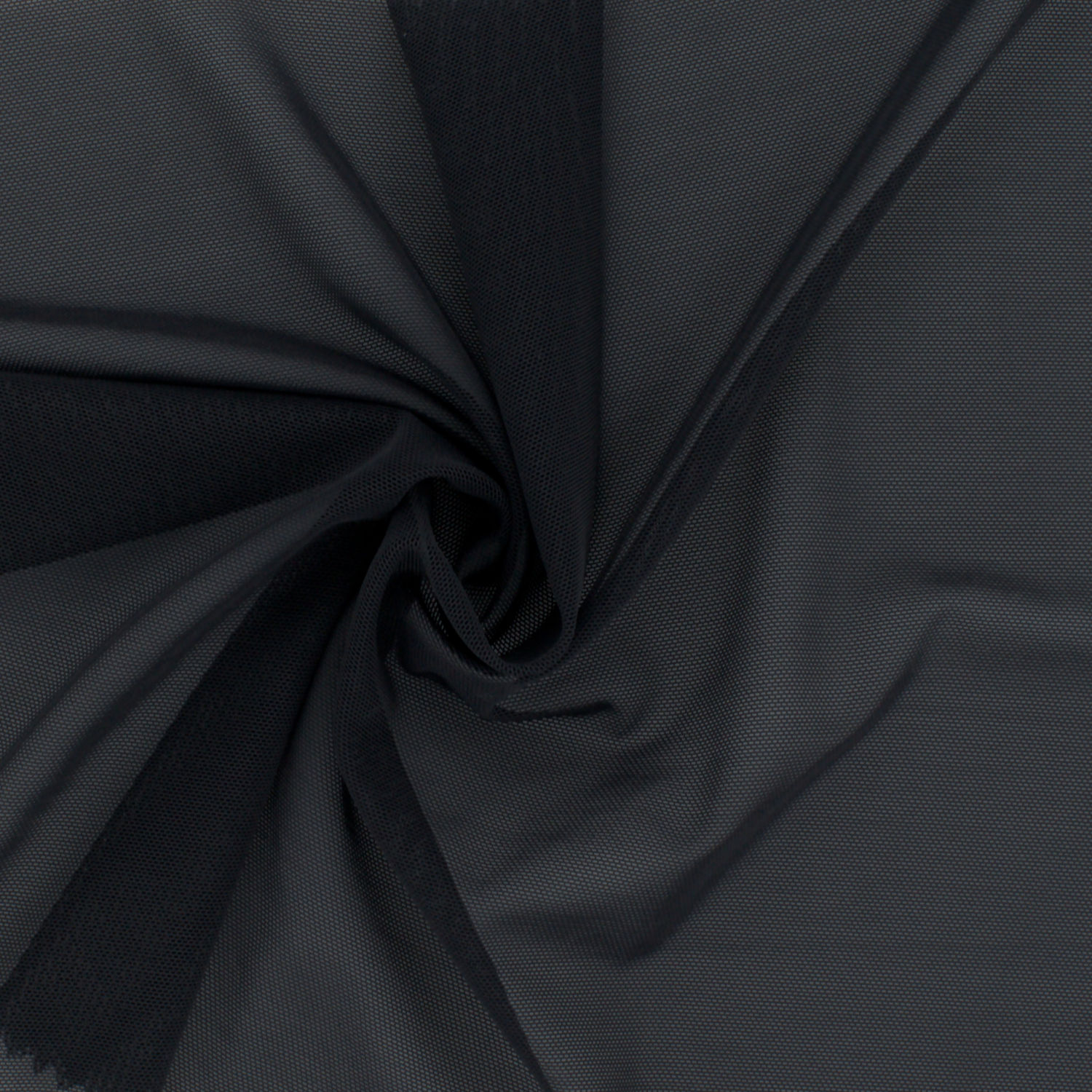Introduction to Elastane: The Miracle Fiber
Elastane, commonly known by its brand name Spandex or Lycra, is a synthetic fiber renowned for its exceptional elasticity. Born in the late 1950s as an innovative solution to enhance fabric flexibility, this remarkable material has revolutionized the textile industry. Its unique property of stretching up to six times its original length and snapping back into shape like a rubber band has made elastane indispensable in the production of activewear, swimwear, and everyday comfortable clothing. This comprehensive guide will delve into the world of elastane, exploring its chemistry, production process, advantages, applications, and environmental considerations.
The Chemistry Behind Elastane’s Elasticity
At the heart of elastane’s stretchability lies its complex polymer structure. It is primarily composed of a long-chain polyurethane polymer, synthesized through a reaction between a diisocyanate and a macroglycol. This process results in a fiber with an extraordinary ability to undergo significant deformation without losing its integrity. The secret to its stretch lies in the arrangement of these polymer chains: they can uncoil when tension is applied and then recoil back to their original state when the force is removed. This molecular ‘memory’ is what sets elastane apart from other fibers and enables garments to hug the body while providing freedom of movement.
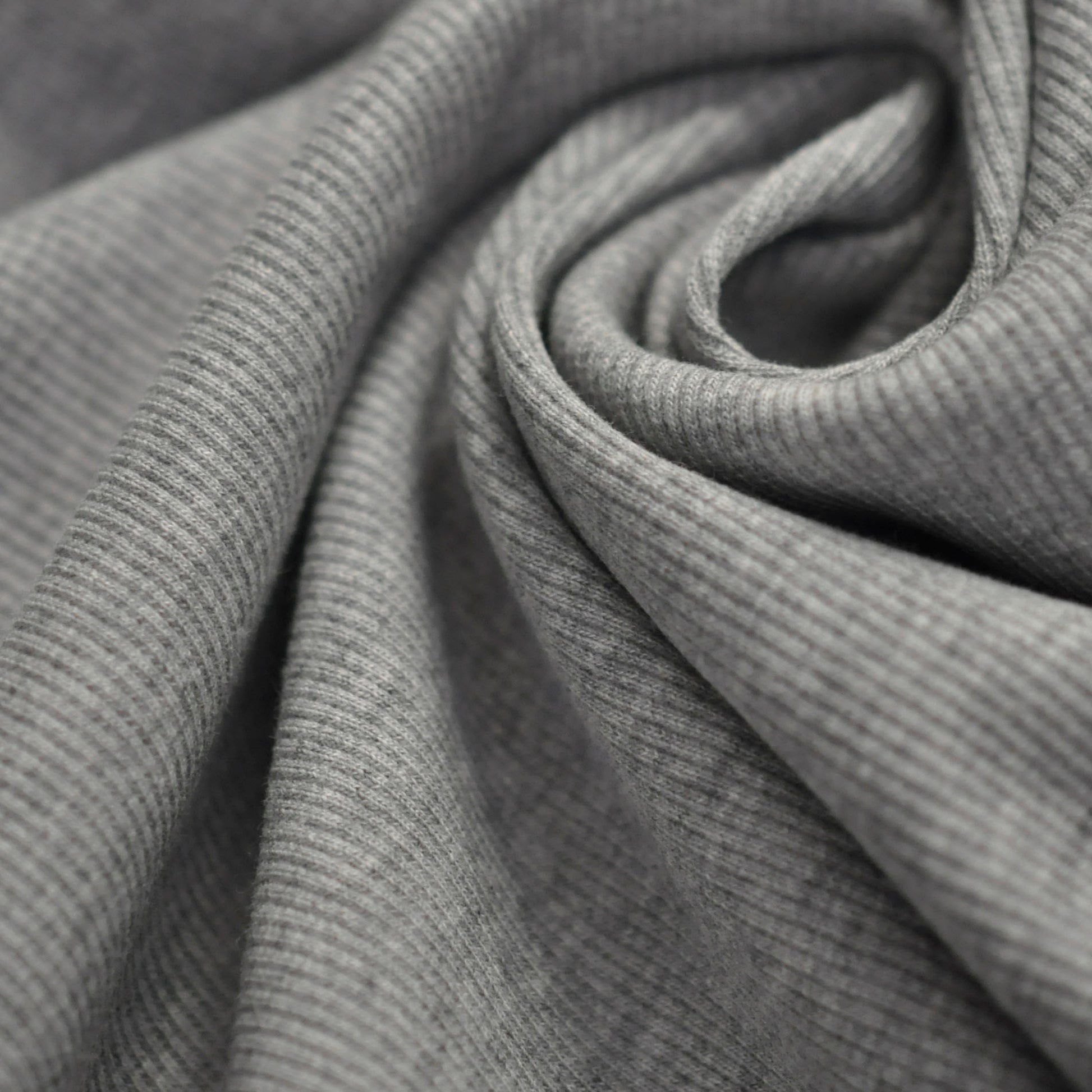
Production Process: From Lab to Fabric
Manufacturing elastane involves a meticulous series of steps. First, raw materials are carefully selected and mixed to form a prepolymer. This mixture is then reacted with a chain extender to create the final polyurethane polymer. The resulting liquid polymer is spun into fine filaments through a process called dry spinning or wet spinning, depending on the manufacturer’s preference. In dry spinning, the polymer solution is pushed through spinnerets into a chamber with a solvent vapor that solidifies the fibers. Wet spinning, conversely, immerses the fibers in a coagulation bath to harden them. Once formed, the elastane fibers undergo texturizing to introduce even more stretch and durability before being spun with other yarns to create blended fabrics.
The Magic of Blending: Enhancing Fabrics
Elastane’s true magic unfolds when it’s blended with other fibers. By incorporating a small percentage (typically 5% to 20%) of elastane into natural or synthetic fabrics like cotton, polyester, or nylon, manufacturers can significantly enhance their elasticity, comfort, and fit. This blend maintains the positive qualities of the base fabric—such as breathability or moisture-wicking properties—while adding the stretchiness that elastane affords. These hybrid fabrics have become ubiquitous in sportswear, where flexibility and mobility are paramount, but also in casual wear, where they provide a comfortable, figure-hugging fit without compromising on style.
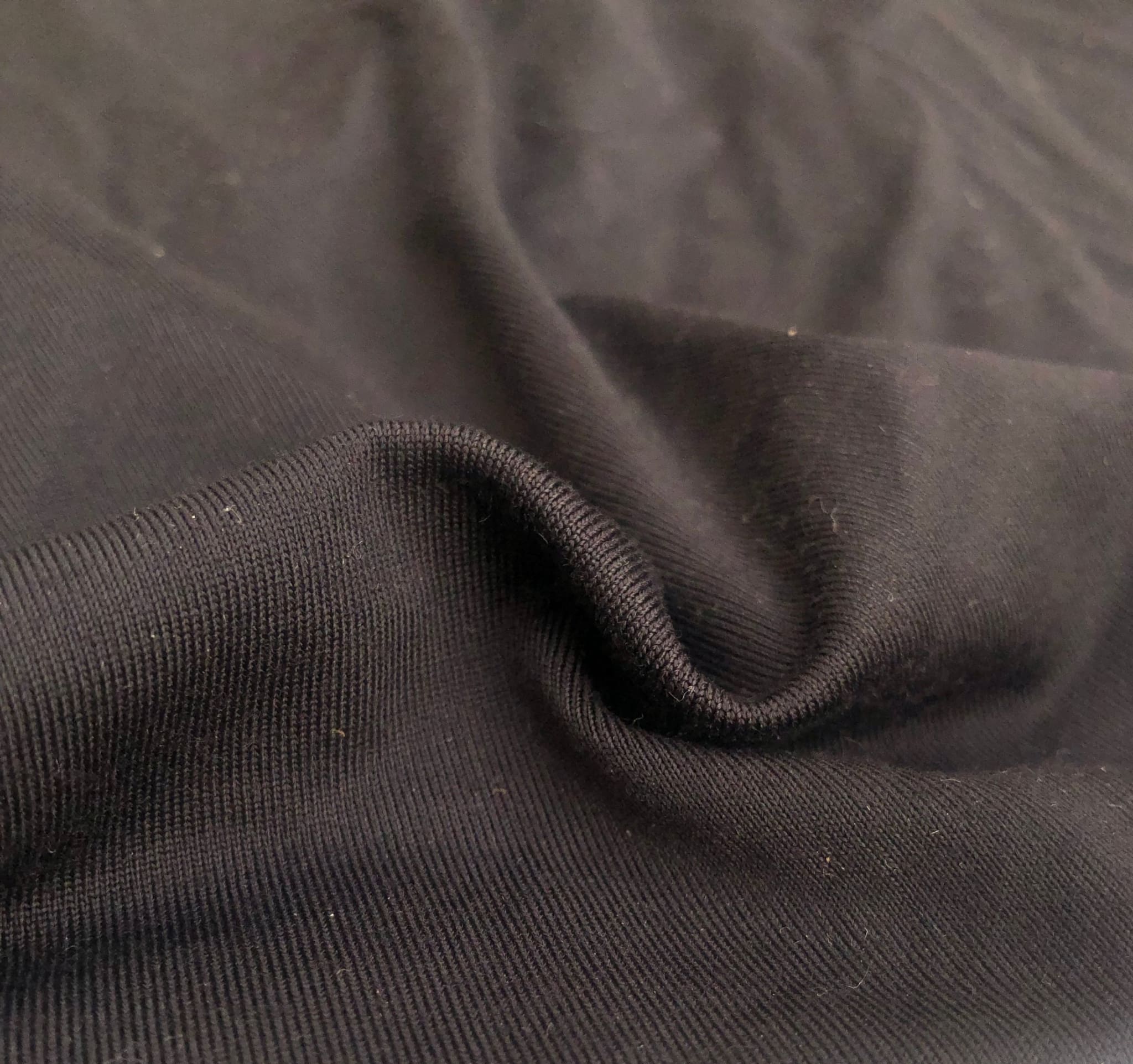
Applications: Where Elastane Reigns Supreme
From high-performance athletic gear to everyday fashion essentials, elastane has found its way into virtually every corner of the textile market. In activewear, its ability to accommodate intense movements makes it ideal for yoga pants, running shorts, and compression garments. Swimwear benefits from elastane’s quick-drying properties and resistance to chlorine degradation, ensuring swimsuits retain their shape swim after swim. Even formal attire, such as suits and dress shirts, now incorporate elastane for a tailored look that moves with the wearer. Beyond clothing, elastane is used in medical compression stockings, upholstery, and even in aerospace applications due to its strength-to-weight ratio.
Environmental Impact and Sustainability Concerns
While elastane offers undeniable benefits to both manufacturers and consumers, its synthetic nature raises sustainability concerns. Unlike natural fibers that biodegrade over time, elastane can persist in landfills for centuries. Additionally, the production process consumes energy and chemicals that contribute to environmental pollution. However, efforts are underway to mitigate these issues. Recycled elastane, made from post-consumer waste, is increasingly available, reducing the reliance on virgin materials. Innovations in closed-loop manufacturing processes aim to minimize chemical waste and energy consumption. Consumers and brands alike are also advocating for responsible disposal and recycling programs to ensure elastane products have a circular lifecycle.
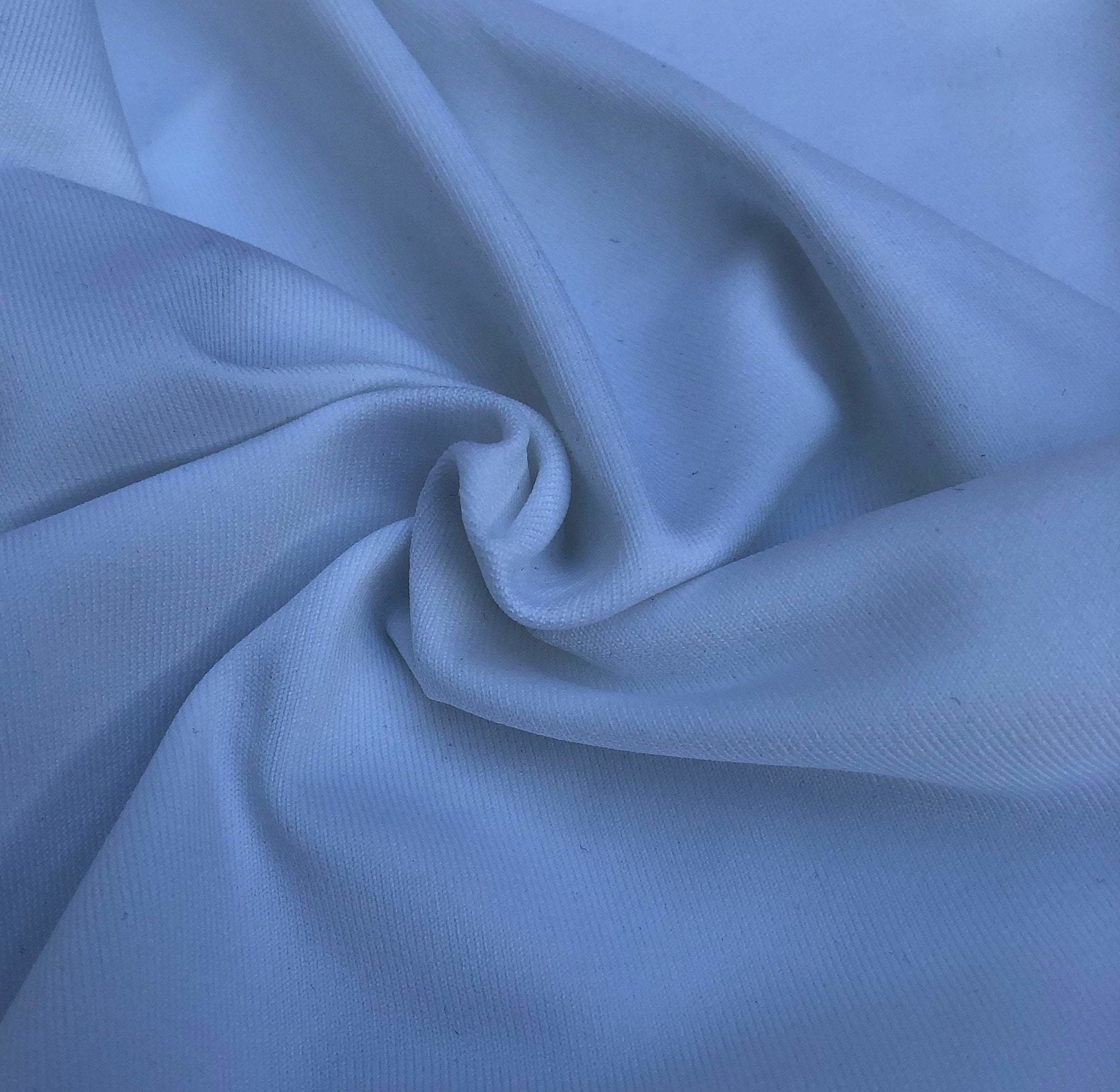
Caring for Elastane: Maximizing Durability
To maintain the elasticity and longevity of elastane-containing garments, proper care is essential. High temperatures can damage the fibers, so it’s recommended to wash elastane items in cold water and avoid using fabric softeners, which can clog the fibers and reduce stretch. Drying should be done flat or on a low-heat tumble setting to prevent shrinkage or deformation. Over time, even with careful care, elastane may lose some of its stretch; rotating garments and avoiding prolonged exposure to sunlight can help extend their lifespan.
Future of Elastane: Innovation and Alternatives
As technology advances, the future of elastane looks promising. Researchers are exploring new polymer formulations to enhance its performance further, making it even more durable, sustainable, and adaptable to diverse applications. Biodegradable alternatives to traditional elastane are also under development, utilizing bio-based materials that can decompose naturally at the end of their lifecycle. These innovations aim to reconcile elastane’s functionality with growing ecological consciousness, ensuring that the stretchy wonder material continues to evolve in harmony with our planet’s needs.
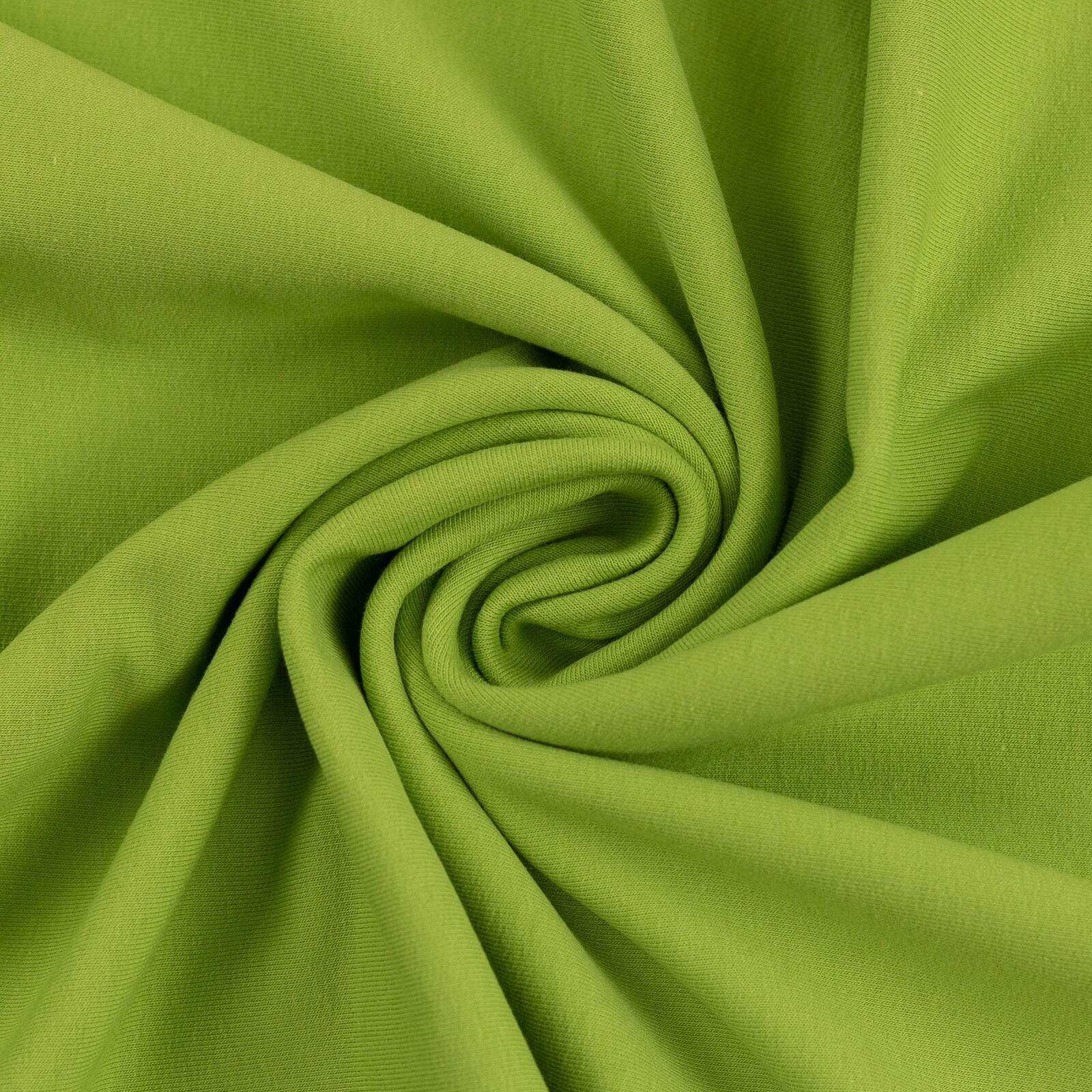
Innovative Technologies Revolutionizing Elastane Production
One of the key areas of innovation in elastane technology involves the development of advanced manufacturing processes. These processes not only improve the efficiency of production but also minimize waste and energy consumption. For instance, closed-loop systems are being implemented where possible, allowing for the recycling of solvents used during fiber synthesis, thereby reducing environmental impact significantly.
Smart Elastane: Integration with Wearable Technology
Elastane is also at the forefront of wearable technology integration. Researchers are combining elastane with conductive fibers and microelectronics to create smart textiles. These elastane fabric can monitor vital signs, track physical activity, or even adjust their insulation properties based on ambient temperature. The inherent stretchability of elastane ensures these wearable technologies remain comfortable and unobtrusive, paving the way for a new era of functional and interactive clothing.
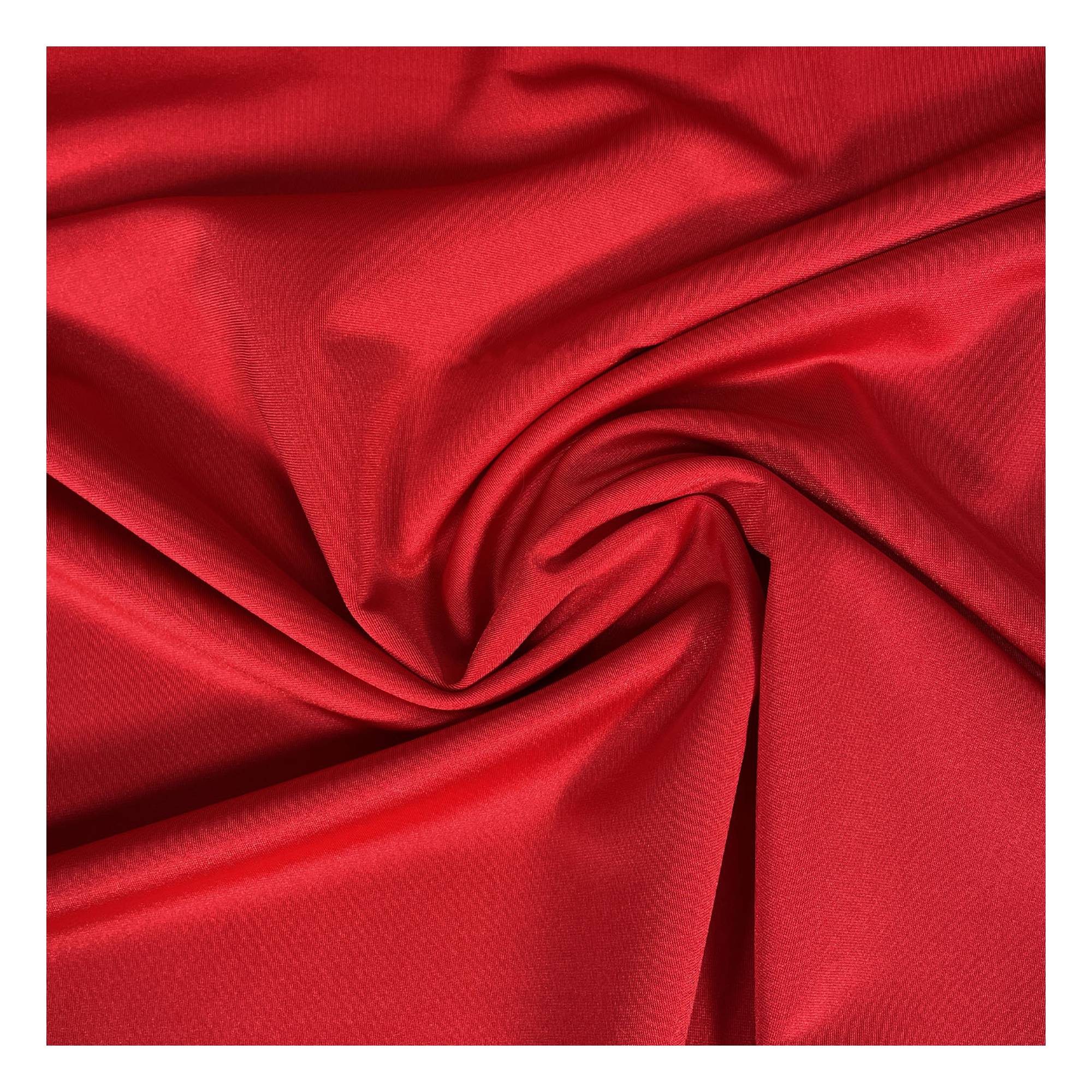
Conclusion: Celebrating the Stretch Revolution
Elastane, with its incredible stretch and recovery properties, has undeniably transformed the way we dress and experience comfort in our clothing. From elite athletes pushing boundaries to everyday individuals seeking ease of movement, this versatile fiber has become an integral part of modern textiles. As we continue to explore ways to enhance its sustainability without compromising performance, elastane’s legacy as a revolutionary material seems poised only to grow stronger. Understanding its chemistry, production, applications, and the challenges it faces paves the way for a future where elastane can stretch beyond its current limits, offering endless possibilities in the realm of elastane fabric innovation.





